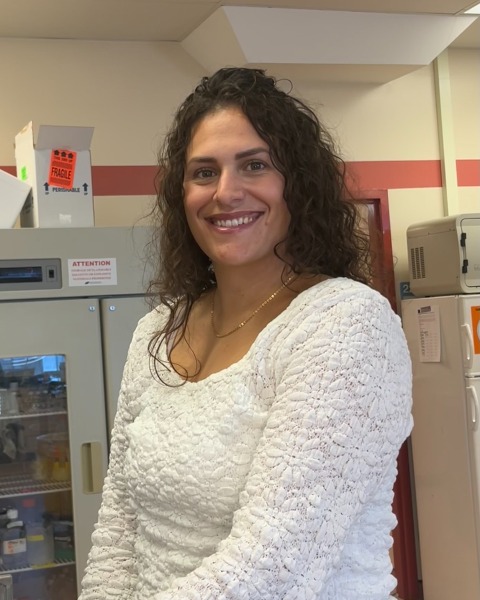2025 AOCS Annual Meeting & Expo.
Edible Applications Technology
Legume Starch and Flour-Based Emulsion Gels as Adipose Tissue Mimetics in Plant-Based Meat Products

Stacie Dobson, MSc (she/her/hers)
PhD Candidate
University of Guelph
University of Guelph
Guelph, ON, Canada
Elyse Czapalay
MSc
University of Guelph
Guelph, Ontario, Canada
Alejandro G. Marangoni, PhD (he/him/his)
Professor and Canada Research Chair
University of Guelph
Guelph, ON, Canada
Presenting Author(s)
Co-Author(s)
Fat in meat analogues is found in free form, whereas in animal tissue, it is located within the collagen scaffolds of adipose tissue. The absence of adipose tissue in plant-based meat alternatives contributes to some negative textural qualities, such as a lack of hardness, chewiness, juiciness, and oil binding. Pea starch is a sustainable and cost-effective gelling agent that retains structure and oil at high temperatures. X-ray micro-computed tomography reveals that pea starch emulsion gels form a starch network that contains oil in pockets, similar to adipocytes. We also found that the addition of chickpea flour reduces oil loss without compromising texture. An optimal formulation of 6%w/w pea starch, 4%w/w chickpea flour, and 40%w/w oil (with a 7:3 ratio of coconut to sunflower oil) was developed. The thermal behaviour of these emulsion gels closely mimics that of beef adipose tissue between 5°C and 85°C. Furthermore, the texture profile of lean ground beef can be matched to that of medium ground beef when these emulsion gels are incorporated, achieving comparable fat content. Pea starch and chickpea flour-based emulsion gels can effectively replicate the functional properties of beef adipose tissue.

.png)